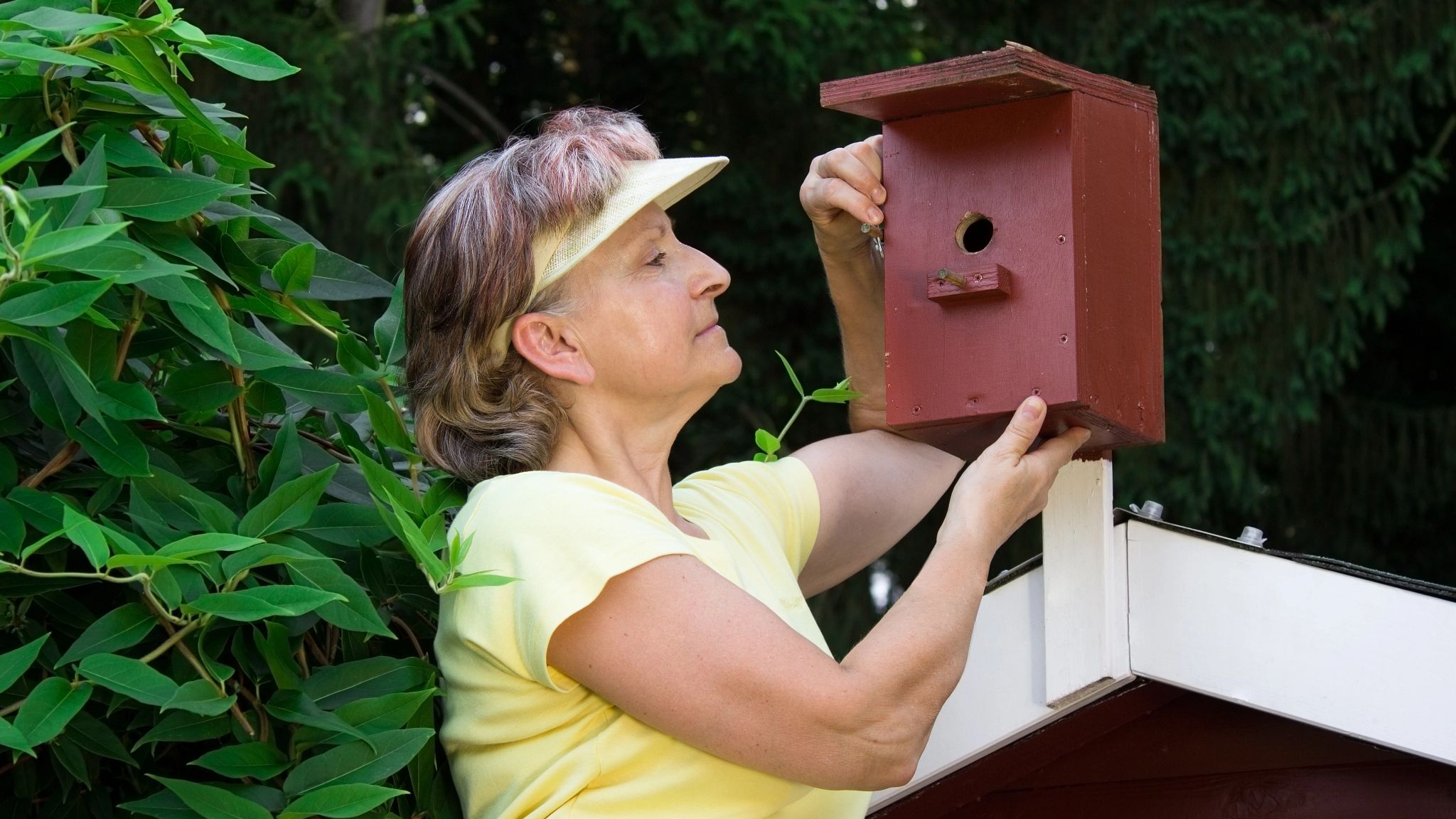AARP Hearing Center

Birds have different niches in which each family of birds needs shelter and food. The key to developing great habitats for birds is to have a diversity of specific plants for the types of birds that visit your yard. It doesn’t require scrapping what you already have in your landscape. It just means adding a tree or shrub(s) or herbaceous perennials.
Besides adding plants to your landscape, the more bugs, the more birds as author Sally Roth states in her book Bird-By-Bird Gardening. This means pesticides that kill bugs, kill birds. The American Robin eats caterpillars and feeds off insects that nest in the furrow of the tree bark. Who eats aphids? Tiny chickadees do while cicadas are a meal for big-beaked cardinals. Swallows eat gnats and airborne insects but won’t eat grasshoppers or cicadas. Here are some other birds that feed on insects:
- Woodpecker
- Flycatcher
- Swallow
- Waxwing
- Vireo
- Nuthatch
- Wren
- Warbler
- Tanager
- Thrush
If you add annuals to your landscape such as zinnias, bachelor buttons, and impatiens they will provide seed for sparrows, meadowlarks, grosbeaks, and more. Trees such as Abies spp, Pinus spp, and other conifers provide seed for birds.
Trees such as hawthorn, oak, Rocky Mountain juniper, Austrian and pinyon pines, spruces, firs, hackberries, plums, and flowering crabapples provide both food and shelter for the birds. Shrubs that provide food and cover include honeysuckles, snowberries, red and yellow twig dogwoods, sumacs, serviceberries, chokecherries, and a wide variety of shrubby plums according to Planttalk.colostate.edu.
To appeal to a larger number of birds from different families, plants such as blackberries, raspberries, elderberries, cherries, prickly pear cholla cactus, bayberry, and mulberry appeal across many bird families. Of course, there are plants such as the prickly pear and cholla cactus that are not appealing to certain landscapes. Prickly pears can overrun a field and become challenging to control.
For those who are interested in using more native plants in your landscape, here is a link for the Denver Audubon Society: https://www.denveraudubon.org/wp-content/uploads/2019/08/Native-Plants-for-Birds-Final.pdf. This link gives the plant care information and the birds that are attracted to the plant. For example, Black-eyed Susan provides seeds for the birds and brings in pollinators. It lists Waxwings, orioles, nuthatches, warblers, wrens, thrushes, jays, and chickadees that feed on the seed.
This is a broad topic with a great deal to cover and learn. Starting with a few plants and adding more over time can create appeal for birds, butterflies, and many other pollinators.































































